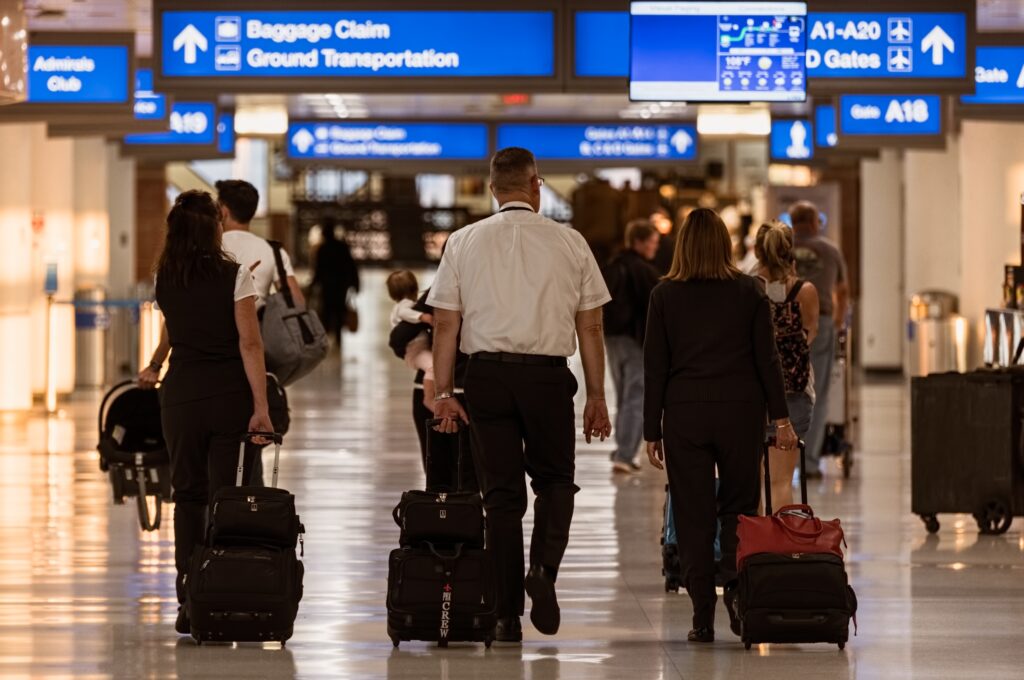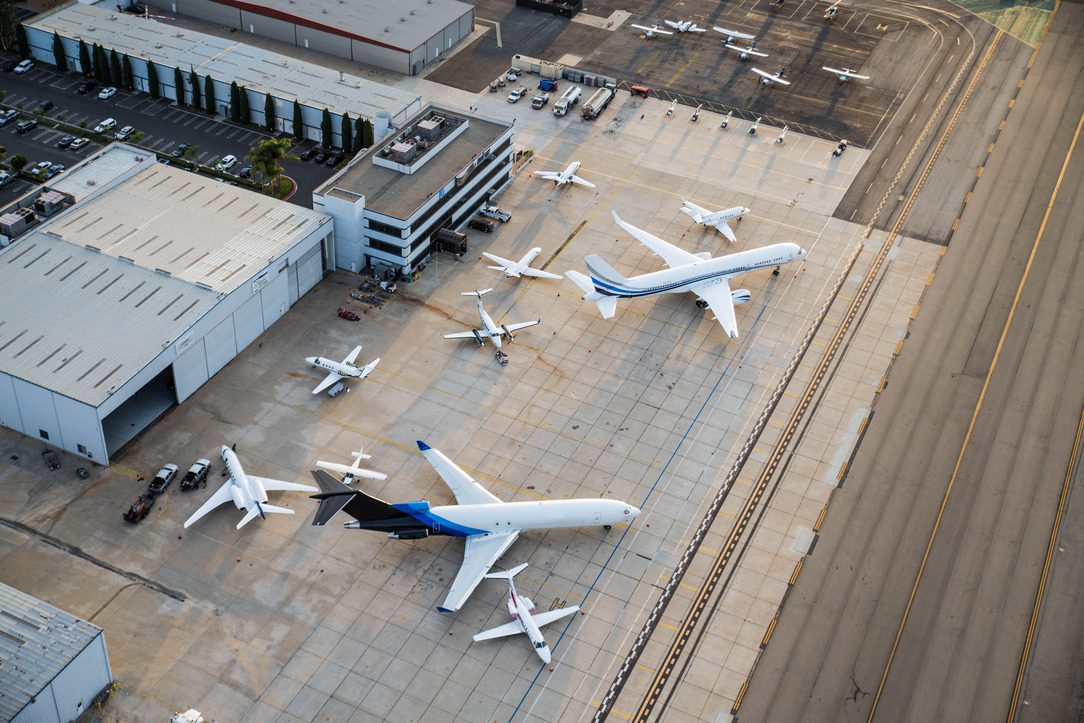The aviation industry on a global scale has seen notable developments regarding passenger traffic, technological and routine improvements in airlines, and airline mergers. To fully grasp the complexities and the trends in international air travel, one has to have a good understanding of the most connected airports and the busiest international country pairs. This analysis aims to assess not only the airports with the highest global connectivity but also the busiest international airline routes and their prospects on global travel in the years to come.
The Most Internationally Connected Airports In The World
Airports are a critical component of international air travel and their connectivity is a crucial determinant of global trade and tourism. As reported by FDI Intelligence, the most connected airports in the world are dominant hubs with seamless air services linking various parts of the world. These airports are crucial pipelines through which international airlines operate their most competitively positioned routes.
London Heathrow (LHR): Heathrow holds the title of the busiest airport in Europe and serves as one of the main global hubs. Heathrow airport operates multiple flights daily to numerous large cities located in Africa, Asia, and the Americas and therefore, consistently ranks as the most connected airport in the world.
Dubai International Airport (DXB): Dubai international airport is primarily focused on intercontinental travel and is connected to multiple cities located in Europe, Africa, Asia, and Oceania through Emirates Airlines. It occupies an important east and west strategic position globally, especially for long haul flights, which makes it an important player in world aviation.
Singapore Changi Airport (SIN): Changi loves to flaunt its amazing services coupled with wonderful passenger experience and efficiency, upholding Singaporean values. This international airport serves as a central hub for flights between Southeast Asia, Europe and Oceania. Singapore Airlines along with many others operate and thus enable further connectivity to 130 plus locations worldwide.
The airports mentioned above are examples where the infrastructure and services provided at these locations perfectly meet ethnic demand of the market. It is noteworthy to understand that millions of passengers are enabled soft access to various locations across the world alongside important trade routes, that the regions benefit from globally.

The World’s Most Contacted Country Pairs
Airports are the main connectivity hubs, but trade and cultural activities also dictate which international airline routes are in high demand. Recently, Simple Flying looked into the economic activity of airline operations and compiled a list of the busiest country pairs in terms of airline activity and seat capacity: in other words, those pairs with the highest volume of international travel.
Mexico – United States: This is one of the busiest routes in the world, combining business and leisure travel. New York, Los Angeles, and Miami have direct flights to Mexico City, Monterrey, and Guadalajara. The multitude of flights between these two countries reflects the strong cultural and economical relations.
United States – United Kingdom: This route serves an historical connection along with major business travel between New York and London. Both countries have active air transport between them, thanks to British Airways and American Airlines. This route is also a must for strong demand for tourists and business people traveling across the Atlantic.
United Arab Emirates – India: Due to Dubai’s central role as an international air travel hub, there are countless flights to India. The UAE-India relationship is important for both commerce and tourism, with a significant volume of flights servicing Mumbai, Delhi, and Bangalore. This busy route has aroused interest due to the sizeable Indian diaspora in the UAE and the increasing trade relations between both countries.
These country pairs are not just about transportation; they are an expression of the integration of economic, social, and cultural factors, which is a common phenomenon worldwide.













